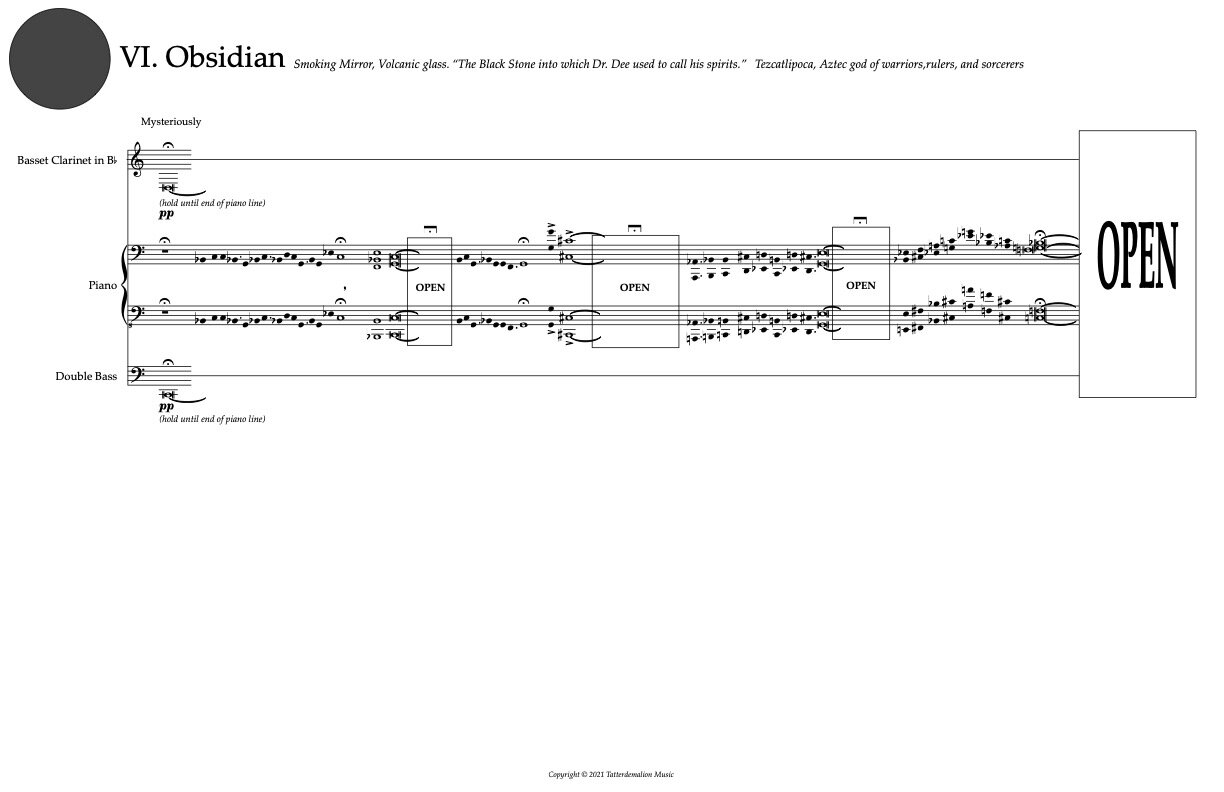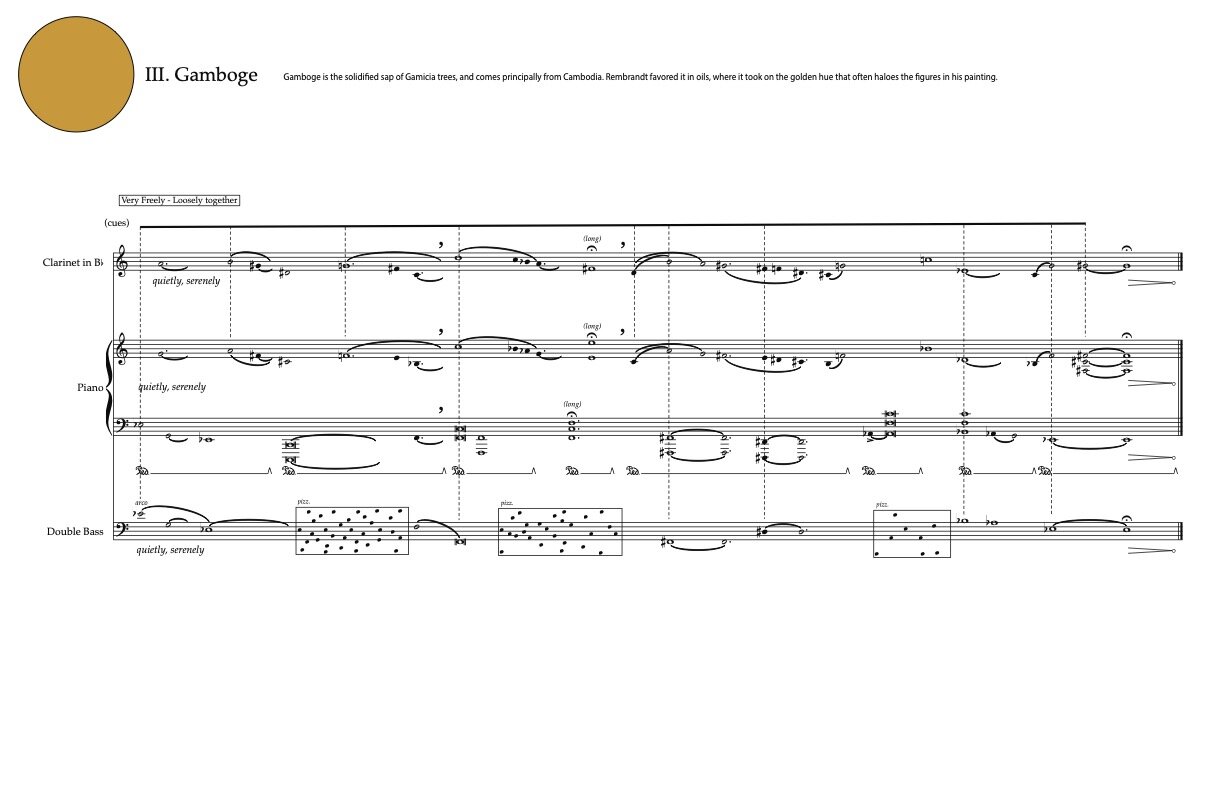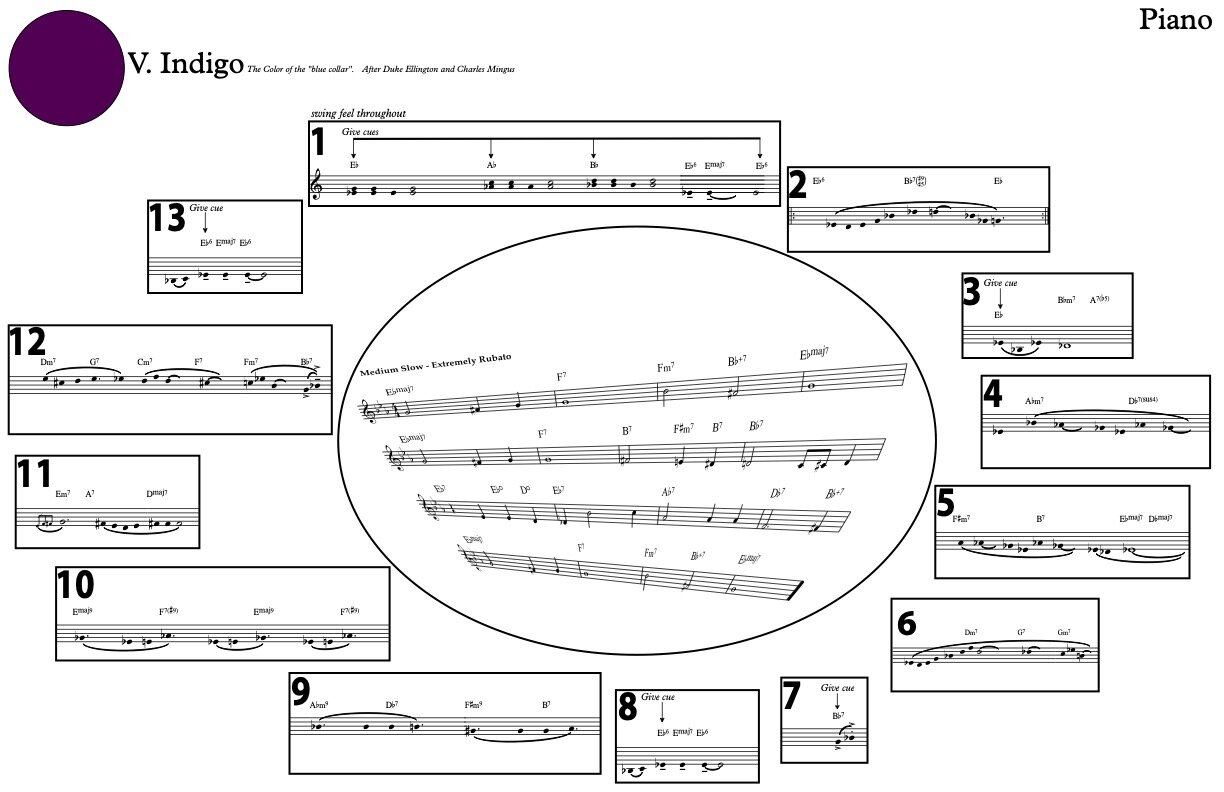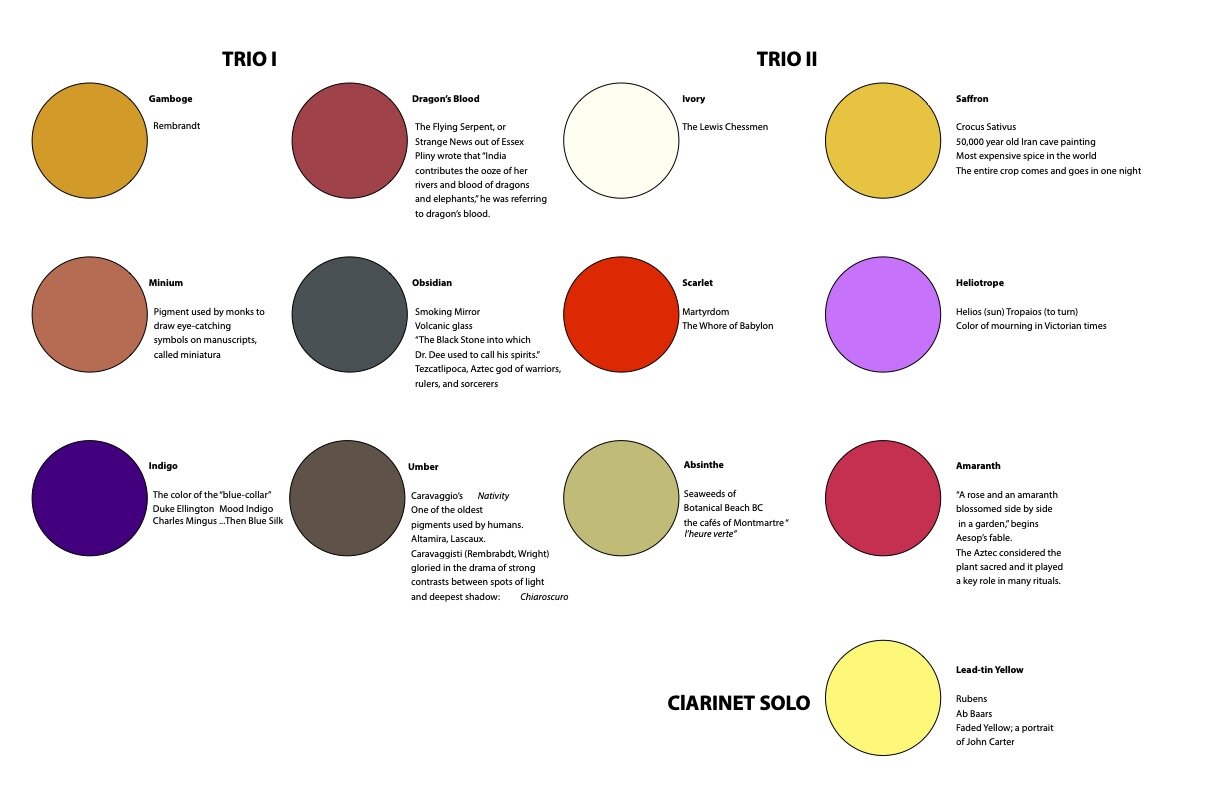TOURING BAND
François Houle - basset clarinet, electronics
Gordon Grdina, oud, guitars Myra Melford, piano
Joëlle Léandre, double bass Gerry Hemingway, drums
Canadian clarinetist, composer, and improviser François Houle presents the world premiere of The Secret Lives of Color, a suite of new compositions and arrangements inspired by British author Kassia St. Clair’s writing on color. From ivory to obsidian, Houle explores the color spectrum and its close historical connections to music, weaving a rich and suggestive tapestry of sounds. For his Pierre Boulez Saal debut, he was joined by an international group of extraordinary musicians, including American pianist Myra Melford and French double-bassist Joëlle Léandre in the first set, and, in the concert’s second half, American percussionist Hamid Drake as well as Houle’s longtime collaborator and fellow Canadian Gordon Grdina on oud and guitar. The Canadian premiere took place at the VSO Annex, as part of Music on Main’s MODULUS Festival. Alexander Hawkins took the piano chair and Kate Gentile sat at the drums for this performance on November 4, 2022.
Besides the current touring band, the work can be adapted to any size group, from duo to full creative orchestra, and was presented in Rimouski, Qc with a large ensemble composed of Quebec’s finest improvisers. Upcoming performances include a tour of Eastern Canada for June 2025.
This new work is inspired by Kassia St-Clair’s book “The Secret Lives of Color”. Reading these stories and historical facts surrounding colors made me think immediately about how color play a significant role in the arts, and in particular ways musicians use them to describe music. The music for this project therefor draws from this symbiotic connection to convey a sense of what I hear and feel when I read these stories.
What do I hear when I experience nature, look at a painting in an art gallery, or simply moving through everyday life? Like so many musicians, color has always played a significant role in my compositional process; it’s often how I visualize sound; Chromesthesia or sound-to-color synesthesia is a type of synesthesia in which sound involuntarily evokes an experience of color, shape, and movement. ... Synesthetes that perceive colors while listening to music, experience the colors in addition to the normal auditory sensations. When I was a young budding musician, I came to understand this after reading Olivier Messiaen’s Technique de mon language musical and his Traité de rythme, de couleur, et d’ornithologie. His rare ability to connect colors to specific pitches always fascinated me. Scriabin went as far as inventing a new tonality, the so-called mystic chord, as for him colors had become the means—color as sound-intoxication and color-intoxication as sound! Although I do not have this talent to remotely the same degree as these masters, I do see abstract shapes that evoke faded shades of Absinthe, Obsidian and Saffron, triggering fleeting thoughts of modes, rhythms and melodic fragments.
From the caves of Lascaux and Altamira to the Caravaggisti, the Gladzor Gospel to Cambridge’s Dr. Dee, St. Clair reveal a hidden universe that is surprising and sometimes unexpected. Reading her findings deepens one’s appreciation for the complex wonders of the human experience on this planet. The compositions for this suite do not aim at creating portraits, like Mussorgski’s approach in Tableaux d’une Exposition, but rather making connections with the moods and spirits of the color itself first and foremost.
For me, in music, color, just like shapes or textures, is yet another bridge between the real world and the imagination. Like Ellington’s Mood Indigo and Mingus’ Orange Was The Color of Her Dress, Then Blues Silk, I wish to poetically convey the sense of mystery held in these secret lives.
Upcoming Performances
Live performance of 'The Secret Lives of Colour'. Presented by Music on Main. Filmed live Friday, November 4, 2022 | ANNEX, Vancouver, BC






